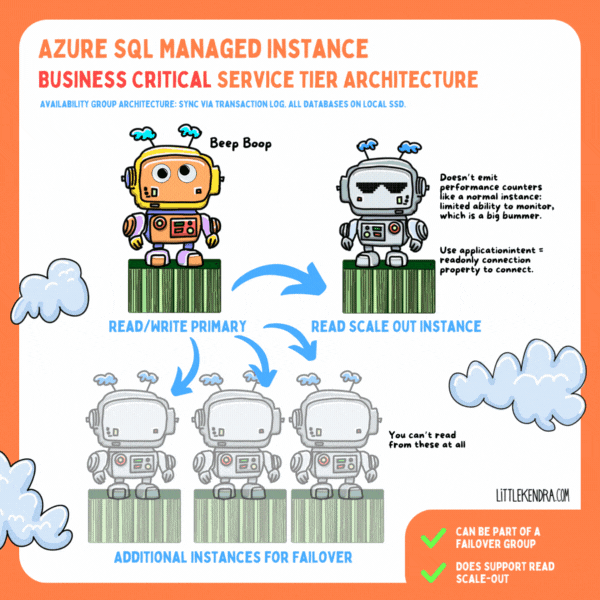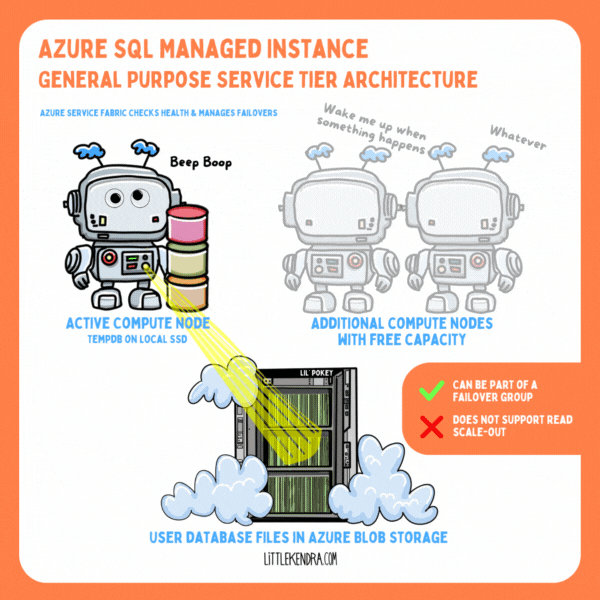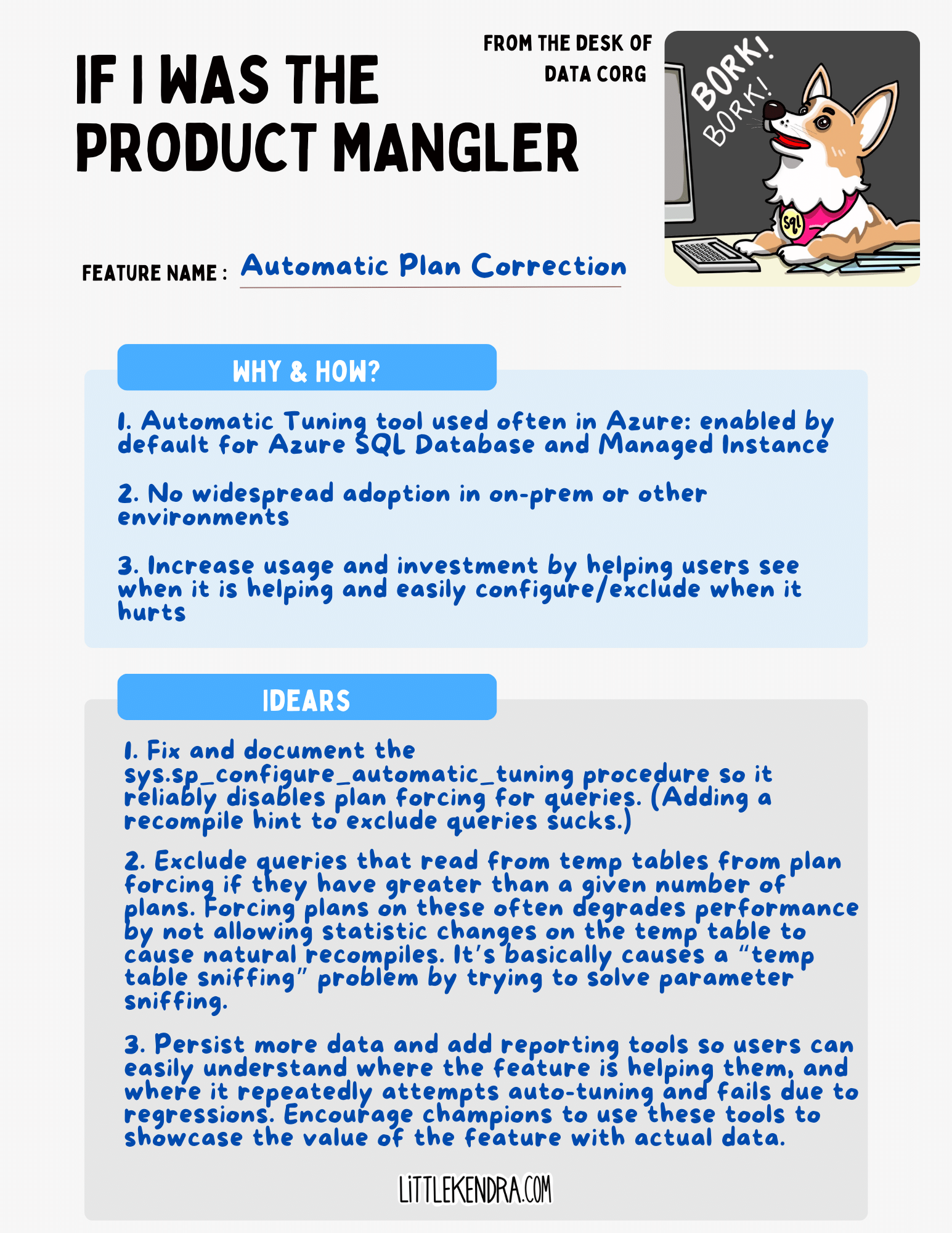Query Store Size Based Cleanup Causes Performance Problems - How to Avoid It
I’m a huge fan of SQL Server’s Query Store feature. Query Store collects query execution plans and aggregate query performance metrics, including wait stats. Having Query Store enabled makes troubleshooting performance issues such as bad parameter sniffing, much, much easier. Because Query Store is integrated into SQL Server itself, it also can catch query plans in a lightweight way that an external monitoring system will often miss.
When performance matters, it’s important to ensure that you’re managing Query Store so that Query Store cleanup does not run during high volume times. Query Store cleanup could slow your workload down significantly.






